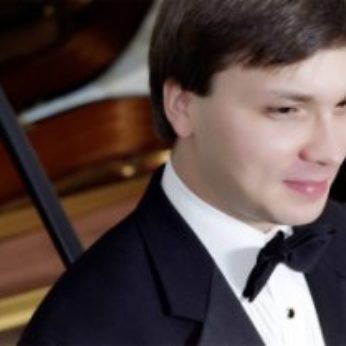Composer: Ludwig van Beethoven (b. 1770 - d. 1827)
Performance date: 29/06/2011
Venue: St. Brendan’s Church
Composition Year: 1802
Duration: 00:25:20
Recording Engineer: Anton Timoney, RTÉ lyric fm
Instrumentation: vn, pf
Instrumentation Category:Duo
Artists:
Nicola Benedetti -
[violin]
Alexei Grynyuk -
[piano]

Copyright © 2025 West Cork Music. All rights reserved.
Designed and developed by Matrix Internet